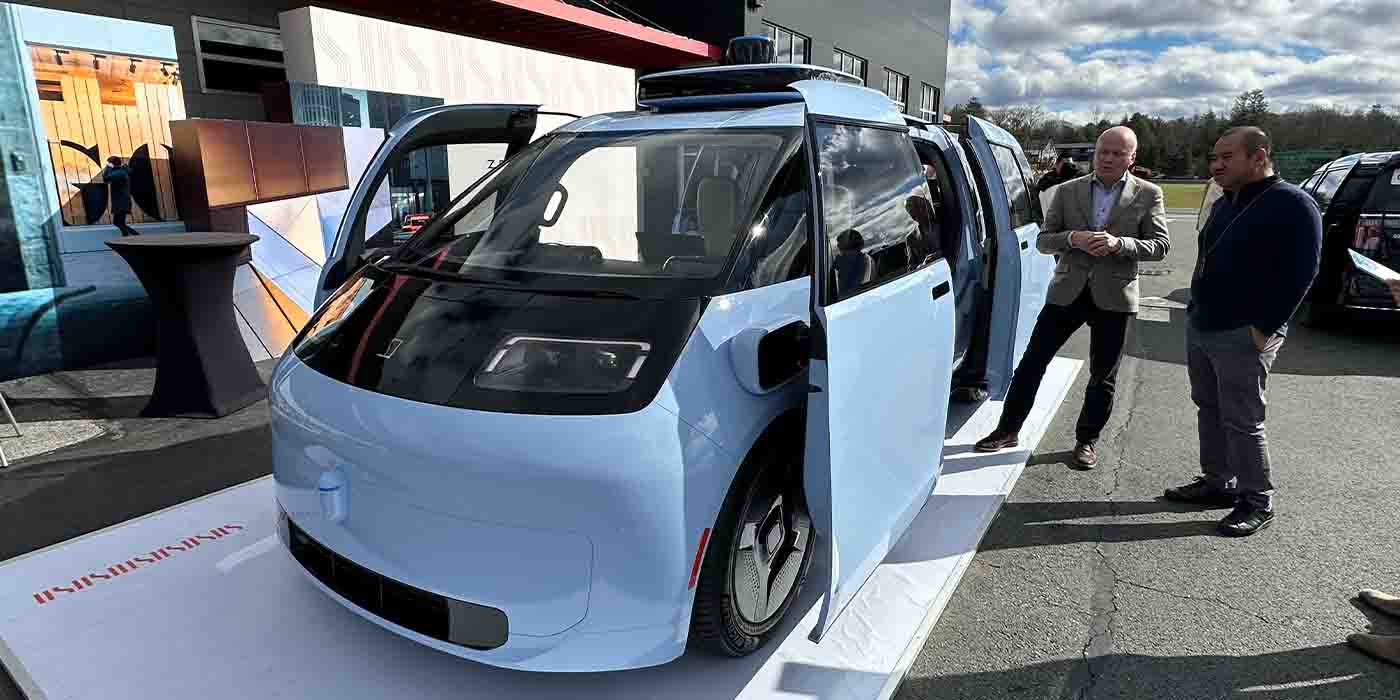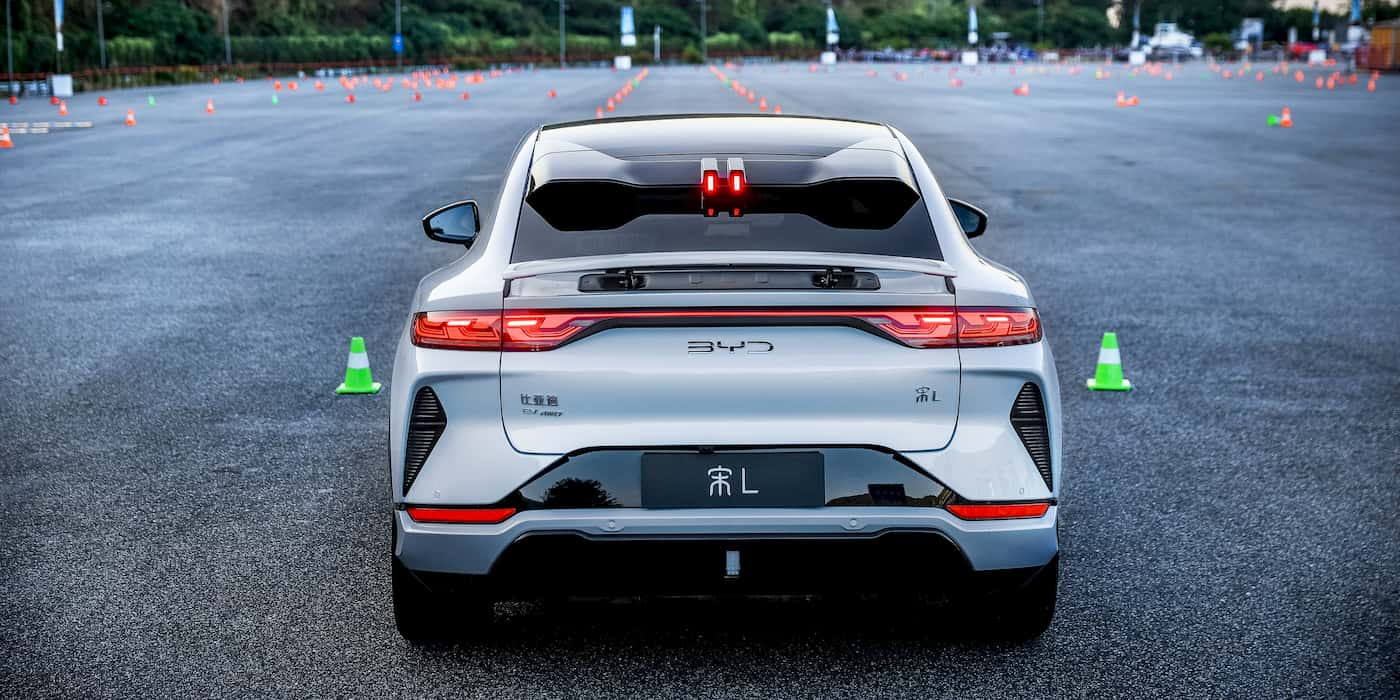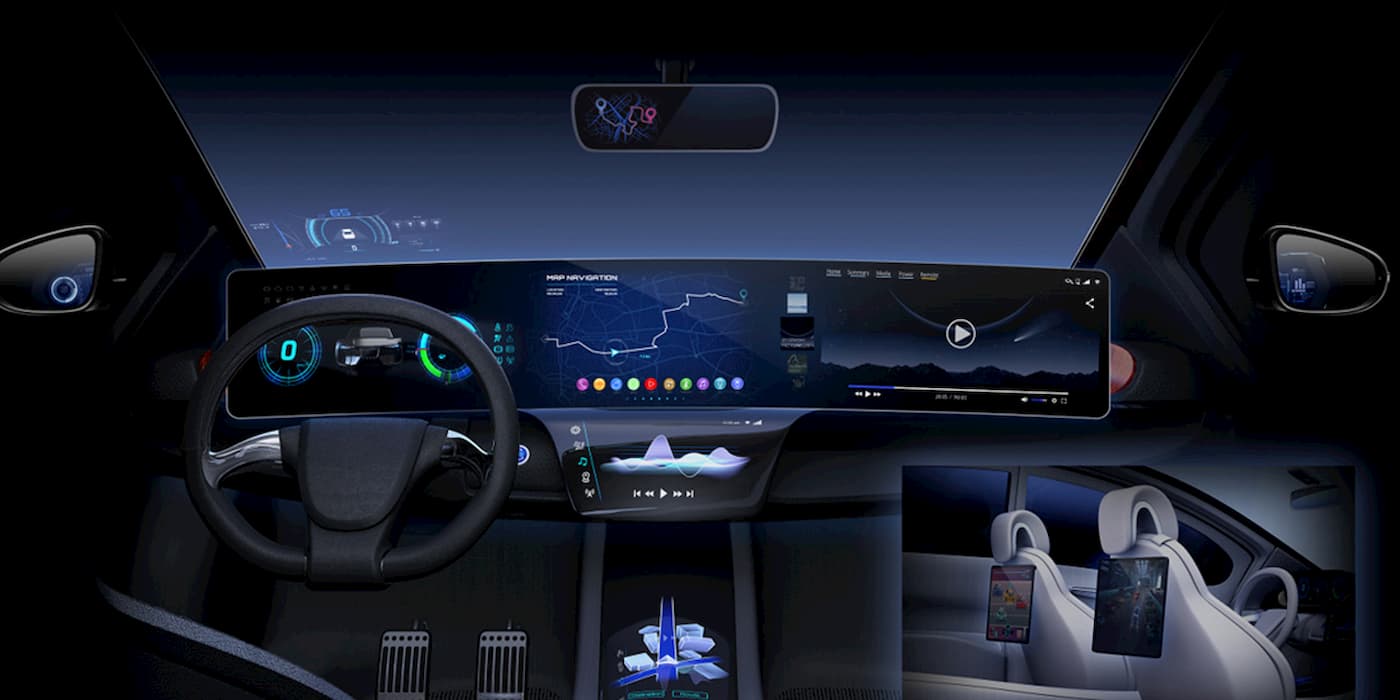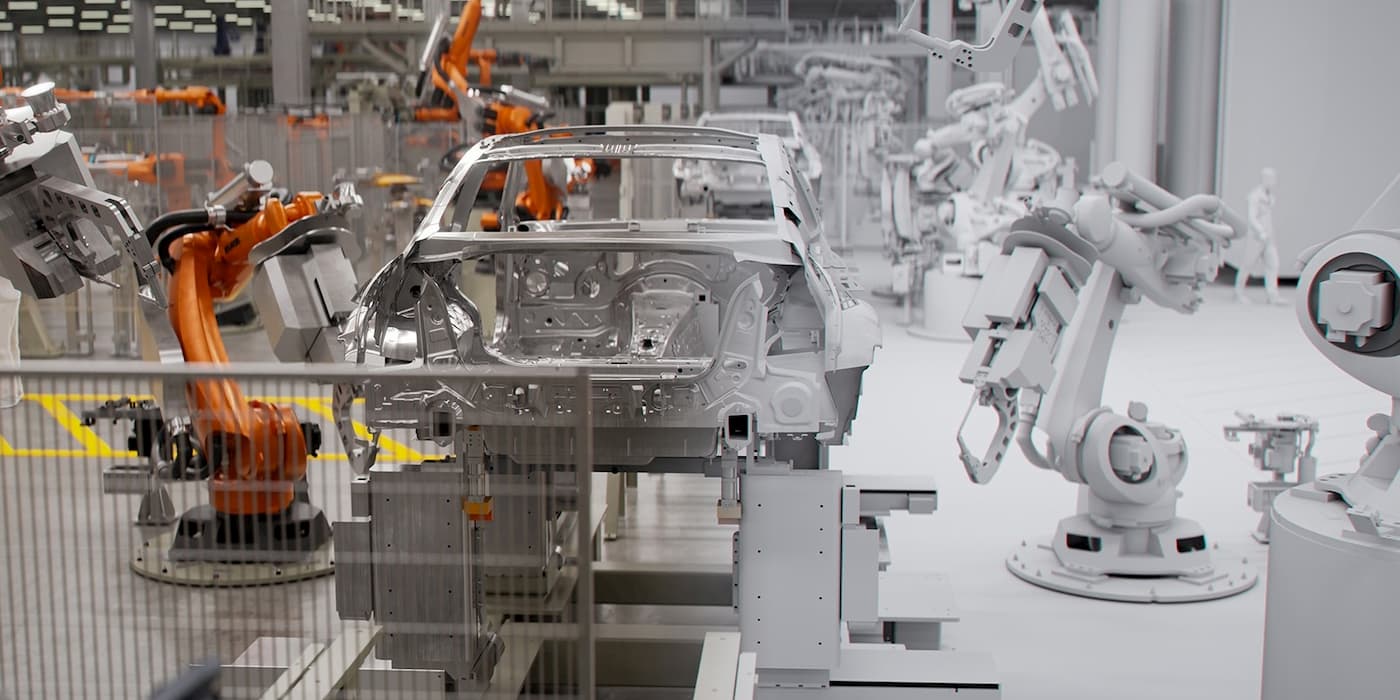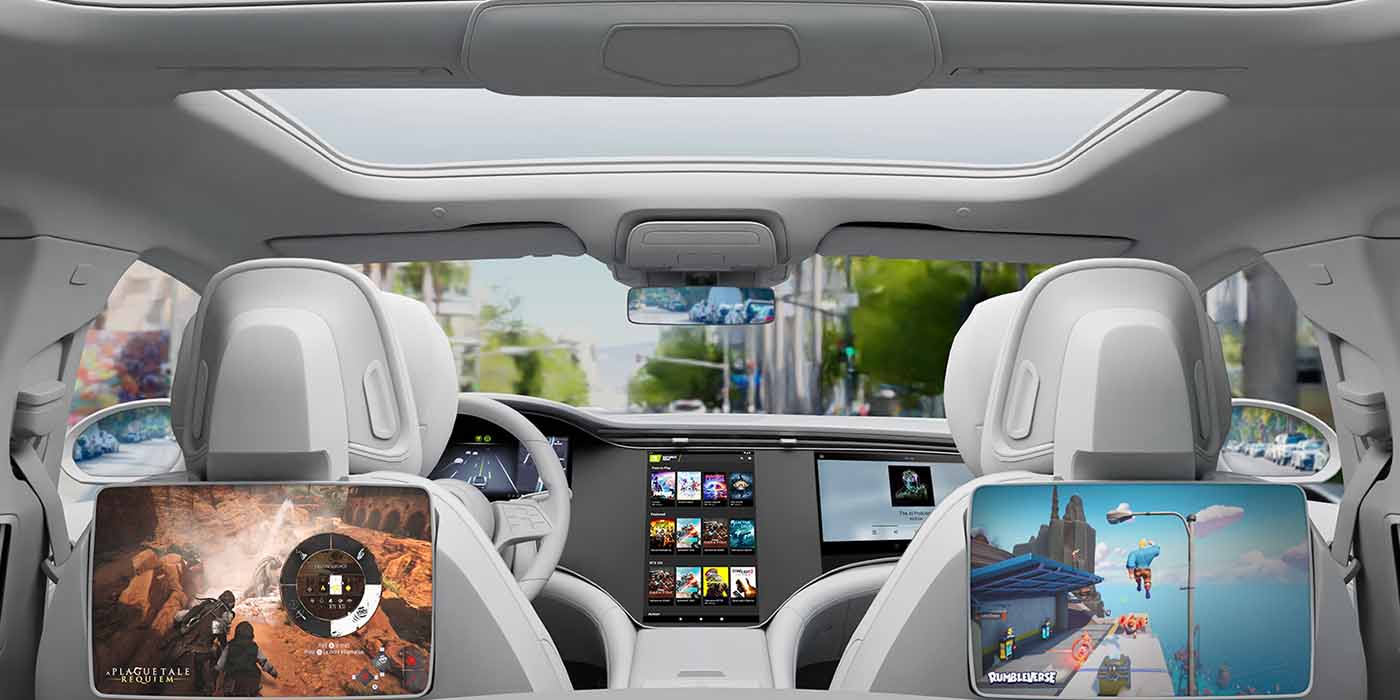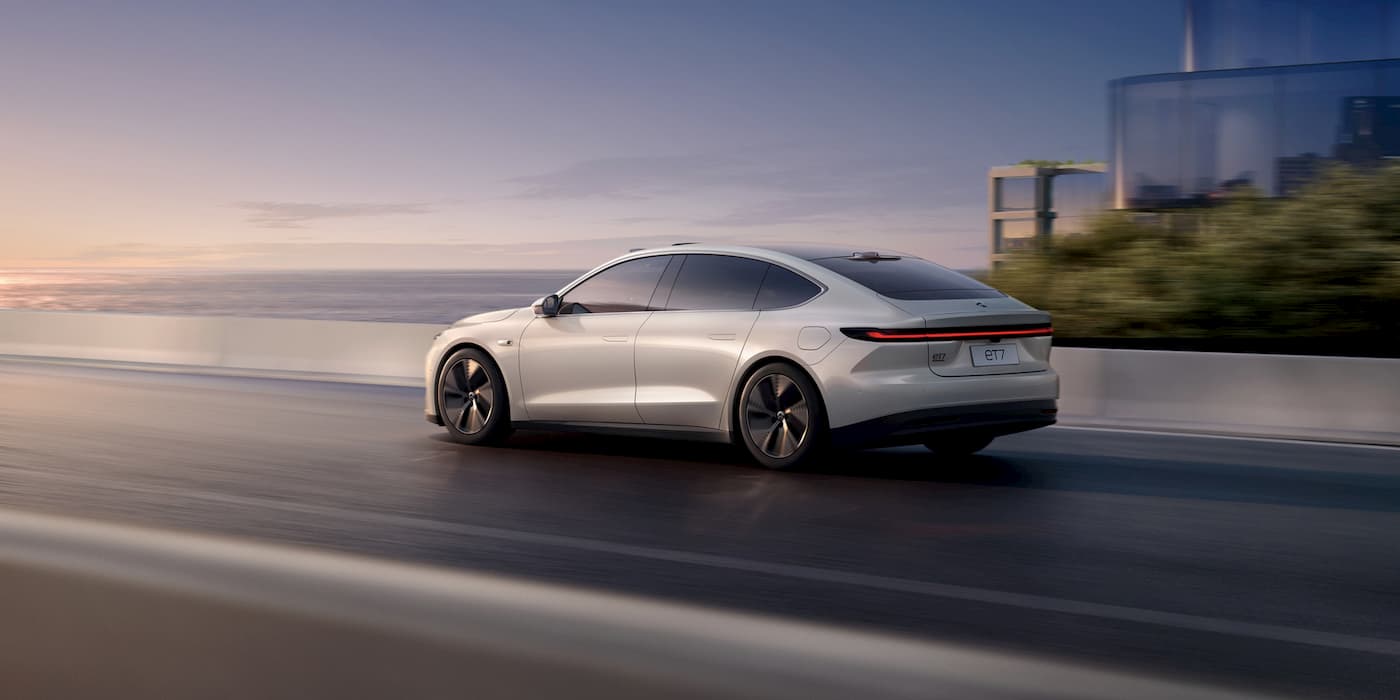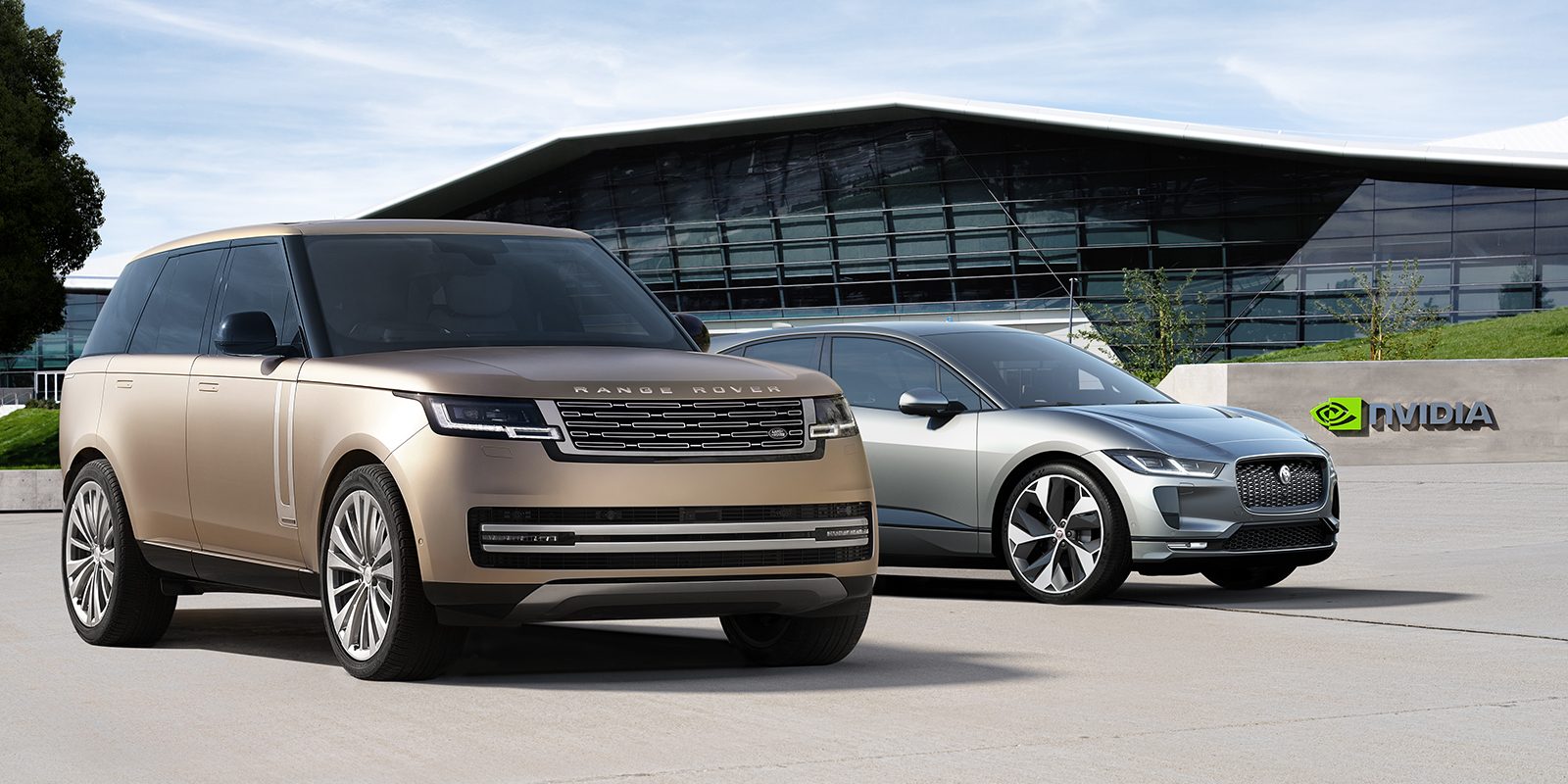Tesla AI4 vs. NVIDIA Thor: the brutal reality of self-driving computers
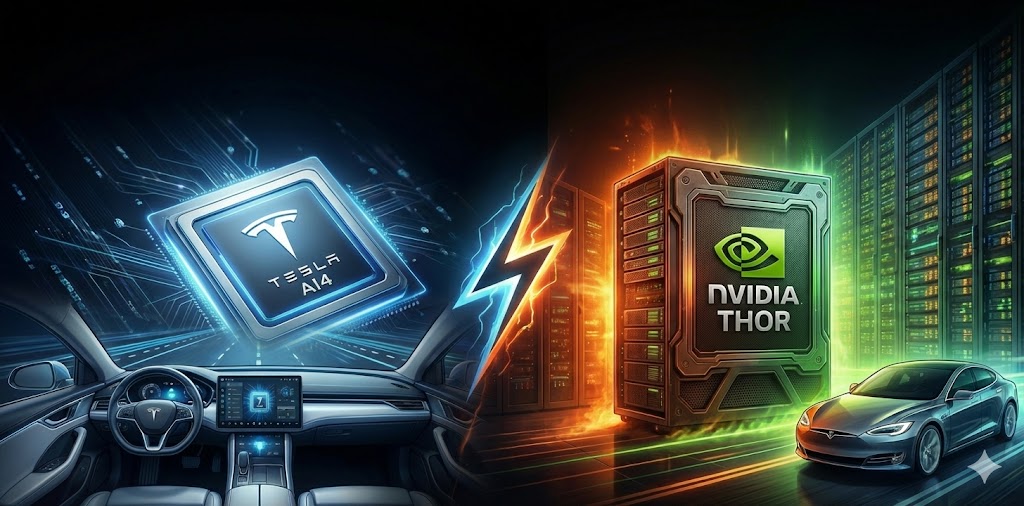
The race for autonomous driving has three fronts: software, hardware, and regulatory. For years, we’ve watched Tesla try to brute-force its way to “Full Self-Driving (FSD)” with its own custom hardware, while the rest of the automotive industry is increasingly lining up behind NVIDIA.
Now that we know Tesla’s new AI5 chip is delayed and won’t be in vehicles until 2027, it’s worth comparing the two most dominant “self-driving” chips today: Tesla’s latest Hardware 4 (AI4) and NVIDIA’s Drive Thor.
Expand Expanding Close
